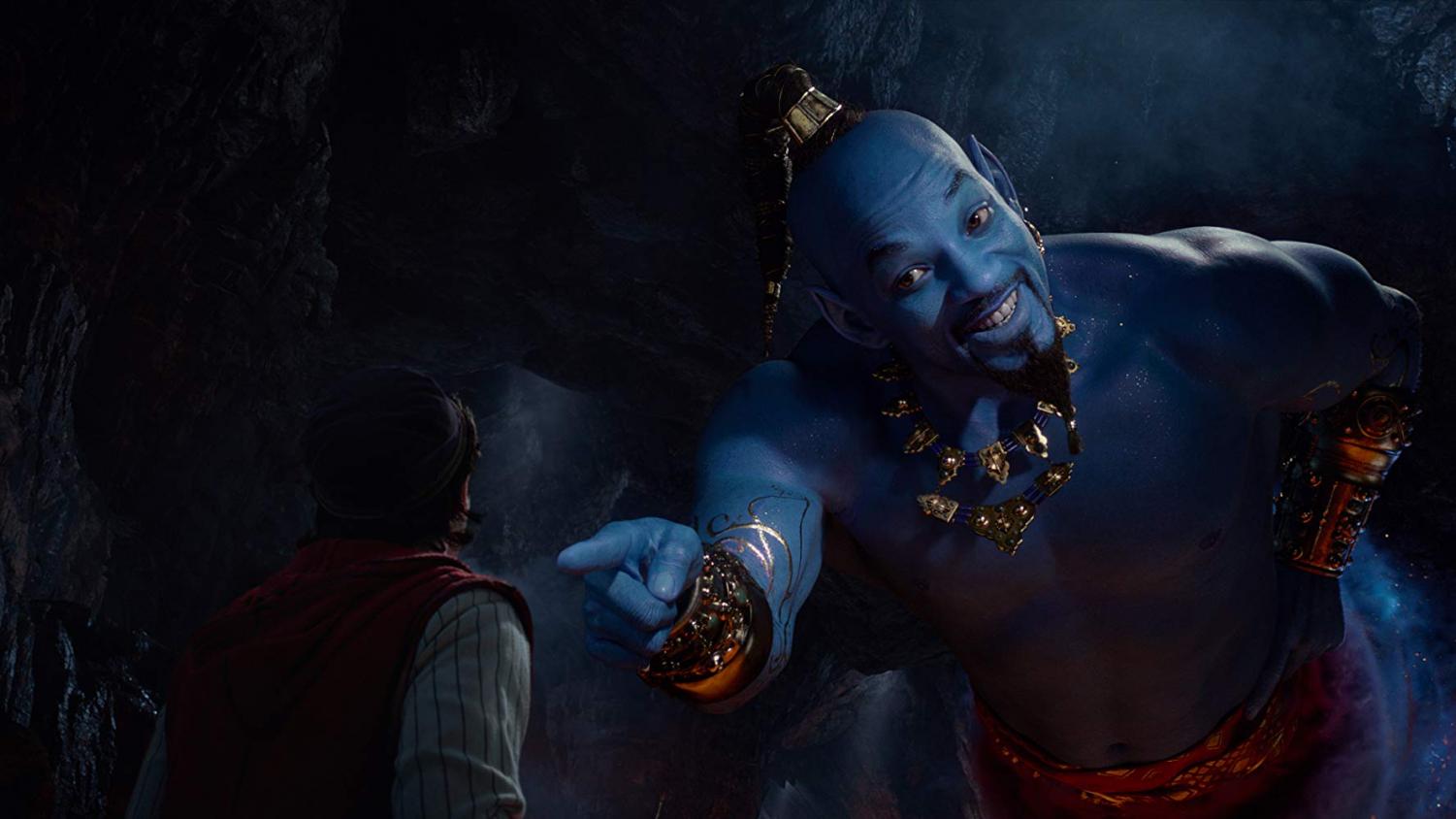It is never good enough for Hollywood.
Smartphone companies upgrade their products each year, and Hollywood seems to be doing the same with its movies. The smartphone cameras are slightly better, the resolution mildly improves and the overall specs are a tad greater. Similarly, Hollywood has been in a trend of making small “improvements” to its films by rehashing and remaking the same story, only with better cameras, newer graphics and more relevant actors.
The film industry’s most egregious offender? Disney.
MARY POPPINS RETURNS… AND SO DO REMAKES AND SEQUELS
There is great concern for the ever-popular controversy of Disney’s continual movie remake distribution model and the company is using its past work to revamp new stories and new profits.
If we look to the recently released “Mary Poppins Returns,” for example, we see Disney actually adding to a story started years ago.
That is not the problem. The problem is that Disney may have the most financial, social and political capital in the entertainment industry, but rather than focus on telling new and diverse stories, it remakes the same “Aladdin” story we all know and love. This time, though, with a poorly designed Will Smith Genie.
Remaking animated classics into live-action films adds nothing to the film industry. At the end of the day, we still have the original, so creativity is stifled and laziness is encouraged by rehashing the same stories we have already told.
DISNEY MODEL
The Walt Disney Studios has been creating cinematic masterpieces since 1923. The first ever animated full length feature film, “Snow White and the Seven Dwarves,” released in February of 1938. This film and those that followed aligned with Disney’s model of retelling classic tales with a loose following of the origin story. Walt Disney himself created his films to be “loosely based” on the original stories, merely following a reference point to where it all began.
The original story of “The Little Mermaid” by Hans Christian Andersen had a gory ending involving the sea creature’s human legs. The true story of “Pinocchio” involved the murdering of the advice-giving cricket by the puppet boy. Even in the ever-heroic story of the real warrior “Mulan,” the reality is that she came home to a broken family. These are all far departures from the stories audiences have all come to know and love.
The way in which Walt Disney had adapted these stories was needed. He added charming twists to moral-filled stories, and told these tales through the art of animation.
SAME STORIES, NEW FACES
Recently, Disney has been on a new trend. For some reason, the company thinks it is best to pull from its expansive film inventory. Instead of drawing information from legendary artists from these films and learning from them, they are doing just the opposite. Disney is pulling from past stories to create new content by remaking its most popular movies.
Their criteria rubric seems to be that if the film had good reviews and did not notably “flop,” then they should remake it with better technology and with new faces.
In 2010, this trend began with the release of “Alice in Wonderland.” It continued further with retellings of past movies like “Jungle Book,” “Sleeping Beauty,” “Cinderella” and many others.
TAINTED MAGIC
In this year alone, Disney is releasing a “retelling,” as the company calls it, of “Dumbo,” “Aladdin,” “Lady and the Tramp,” “The Lion King” and “Maleficent,” the sequel to the already retold “Sleeping Beauty” story.
We get it, Disney. These films made great money back then, so why would they not now? This does not mean that these films being re-released today are still not appreciated.
It is so exciting to see such a nostalgic piece of childhood retold with updated technologies and graphics. However, the result is that the original magic is tainted.
These live action remakes mostly follow the same story beats as the original. The only real differences are that Princess Belle develops a new accent, some villains have become strangely kind-hearted and Will Smith looks like an sweaty CGI mess.
Rather than tell the same stories, Disney should push the envelope of creativity, allowing audiences to find new things to awe at and wonder about. The world is tired of hearing the same stories when nothing new is being added. Audiences are eager to hear new stories from new voices, directors and actors.
Sure, it can be exciting to see the original voice of Mufasa, James Earl Jones, voice the same character over 20 years later with but the irony in these live action CGI films is that they are technically still animated films because they are completely computer generated.
Disney wants the next big cash grab, but their methods show disrespect for the original teams of these films. The nostalgia ingrained into our pop culture is lost when filmmakers blow smoke and mirrors in front of the new generation, only to show them revised characters of our childhood.
What is the point of having an awards ceremony if the Oscar goes to the same guy it went to 50 years ago for the same story but with a facelift?







